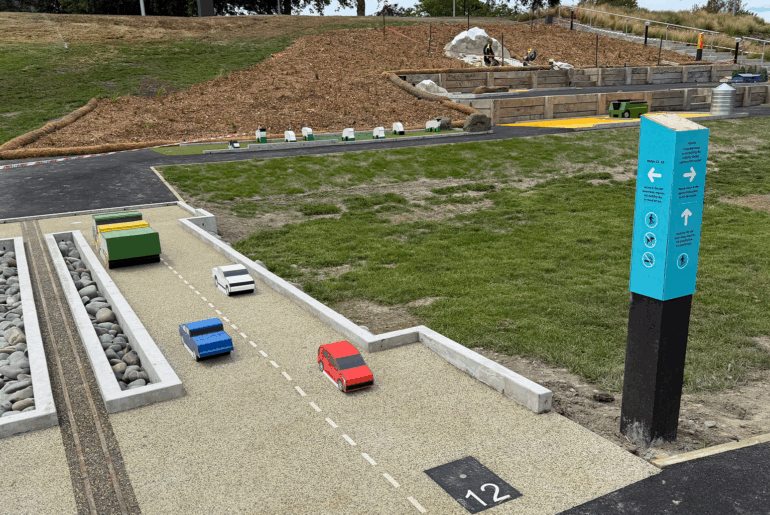A day on a Montana golf course took a surprising turn when a player spotted a mountain lion perched in the branches of a tree not far above the ground, calmly watching as the golfer recorded the encounter.
What happened?
The chance meeting, captured on TikTok by user CM (@cm4617), has viewers talking — from sharing jokes to expressing concern.
One commenter pointed out the danger, saying: “Once you see them, they have been watching you for a while. They are sneaky and so dangerous. I am glad you saw him before you walked any closer, you could have been seriously injured or killed.”
The short clip shows the large cat sitting on a low tree branch near what looks like a lake — and close enough to the golf course for the golfer to come so close to it.
While the mountain lion seems to be calm, it’s not something you’d expect to see in such a public environment.
As the golfer puts it in the video, this mountain lion hanging out in a tree is “not your normal golfing hazard.”
Why are human-wildlife encounters concerning?
Although mountain lions usually won’t attack humans out of the blue, they aren’t animals you want to run into while out and about.
As our neighborhoods and cities spread deeper into wild spaces, many animals are having to change their behaviors to find food.
Changes to habitat, a growing human population, booming tourism, and shifting weather patterns are affecting prey migration and disrupting traditional ecosystems.
For example, large predators like mountain lions and bears are being spotted more frequently in populated areas, which is dangerous for both people and the animals.
Preserving wild spaces and maintaining wildlife corridors are important to help prevent dangerous encounters while also keeping ecosystems balanced.
Apex predators like mountain lions are essential to keeping prey populations in check, which is crucial for healthy biodiversity.
What can we do to stay safe from wild predators?
Conservationists everywhere are working to protect wildlife habitats and reconnect migration routes.
For example, projects like the Wallis Annenberg Wildlife Crossing near Los Angeles, the world’s largest wildlife bridge, are helping species move safely between fragmented areas and reconnecting habitats that have been disrupted.
Communities can also take steps to stay safe, especially if they live near wildlife. This includes properly securing trash cans and keeping their pets supervised and on a leash when outside.
Stories about mountain lions wandering through homes and bear sightings in residential areas are a reminder that we still share our landscape with wild predators.
Protecting their habitats doesn’t just keep them safe — it keeps us safe, too.
Join our free newsletter for good news and useful tips, and don’t miss this cool list of easy ways to help yourself while helping the planet.







